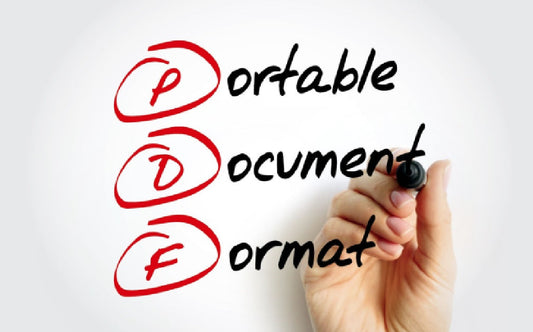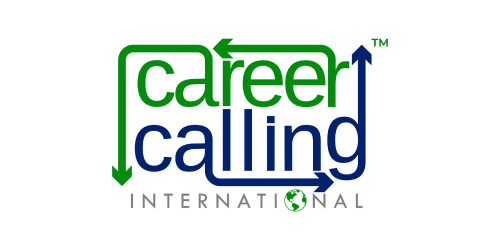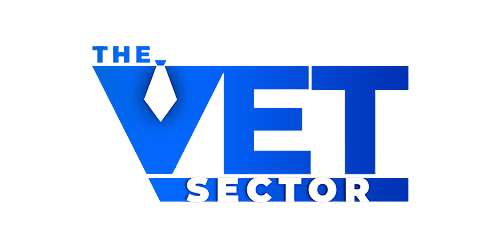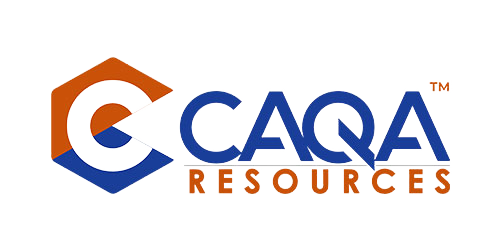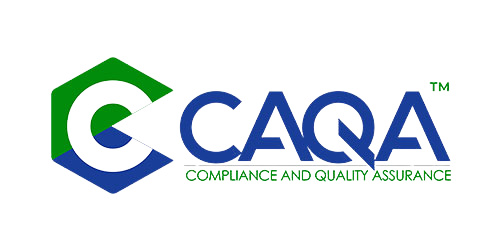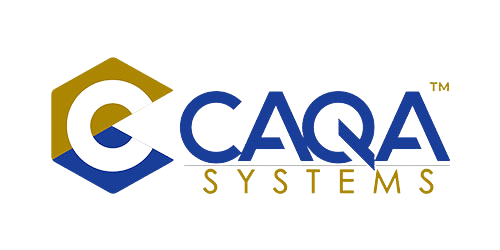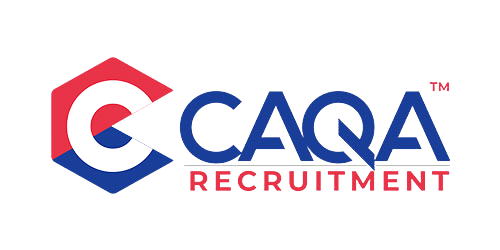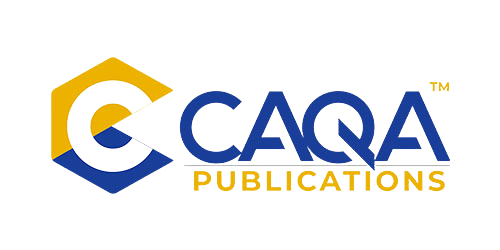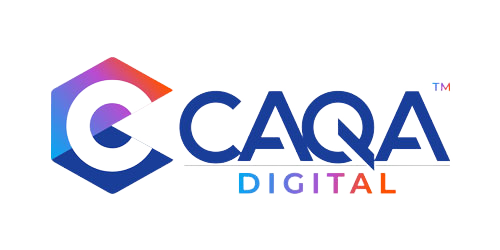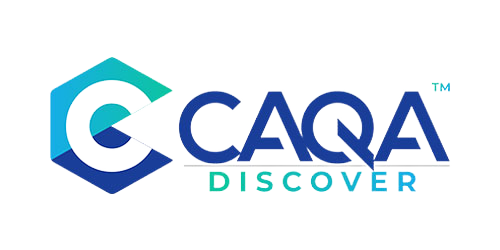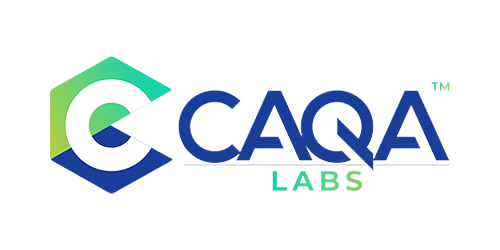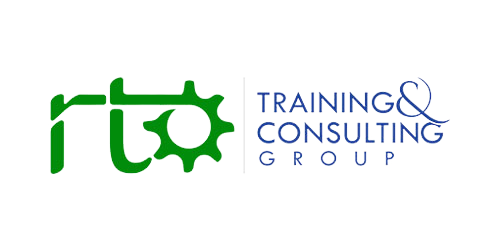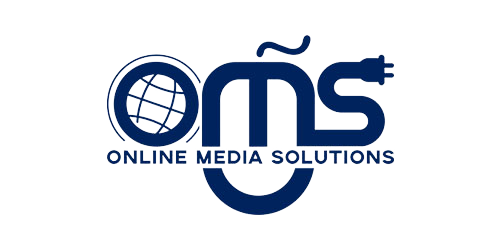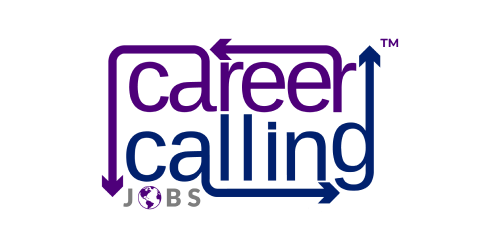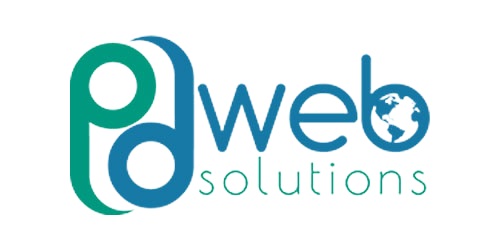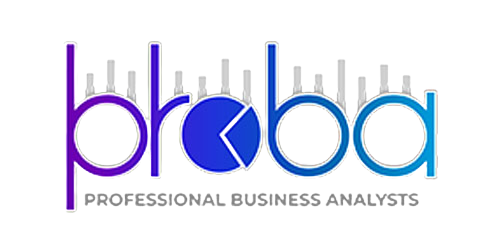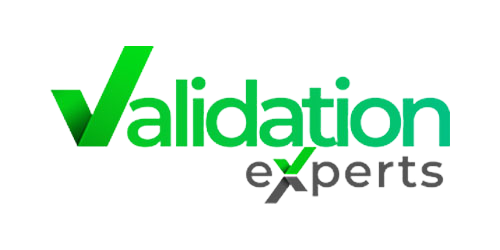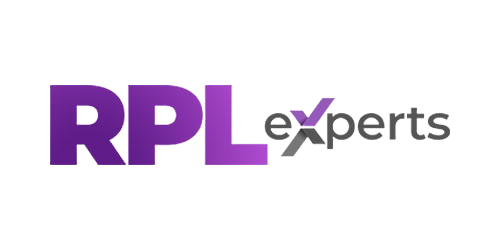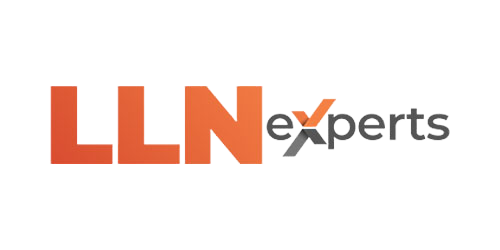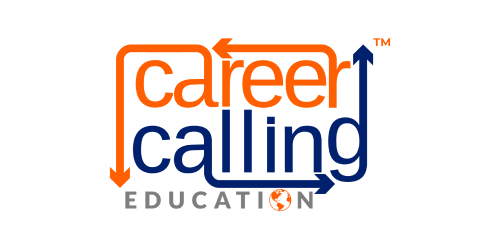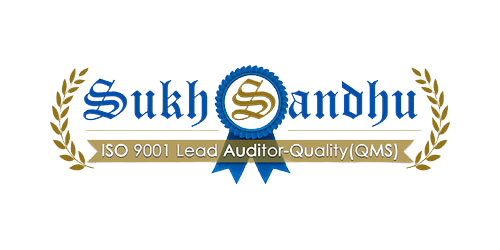Executive overview
Australia’s conversation about trustworthy use of artificial intelligence has moved from theory to accountability. Recent media reporting described a six-figure government report produced with generative AI that contained fabricated citations, invented quotations and basic factual errors, culminating in a public partial refund. The episode is embarrassing for the firm involved, but the more important lesson is systemic. “AI slop”, unverified, low-quality machine-generated content, appears wherever organisations deploy generative tools without a governance framework, a skilled review process and clear accountability for truth. This article explains what typically goes wrong, sets out a practical operating model that prevents it, and outlines a procurement and assurance blueprint that prioritises Australian capability, value and integrity.
What actually goes wrong when AI is used badly
Substituting systems for judgment
The primary failure pattern is not technological but managerial. Generative systems are used to fill knowledge gaps rather than to surface and synthesise human expertise. Drafts are accepted at face value, the checking burden is minimised to meet a deadline, and the final document inherits the model’s limitations. Once published, the errors are not a software bug; they are an organisational control failure.
Treating automation as a shortcut, not an augmentation
Generative tools can accelerate routine drafting, but they do not understand legal consequences, policy nuance or the evidentiary thresholds that attach to public advice. When teams aim to “automate” complex, multi-layered thinking with generic prompts, they remove the very steps, critical interrogation, triangulation, citation verification, that create reliability.
Collapsing the last line of defence
High-stakes outputs usually survive because a last human reviewer refuses to sign a document that is not defensible. That safeguard disappears when the reviewer is junior, offshored, overloaded or excluded. In those conditions, hallucinated references, invented quotes, and misread statutes pass through to the final version.
The core principle: use AI to amplify, not replace
Build from internal knowledge
Generative AI performs best when grounded in accurate, current and context-specific information. Organisations that index and secure their authoritative content, policies, research notes, validated datasets, contract repositories, style and citation guides, enable models to draft from what is already known and owned. This reduces hallucination risk and shortens the distance between a first draft and a defensible final product.
Keep the expert in the loop
AI outputs are raw material, not conclusions. A subject-matter expert must interrogate claims, check references, test legal and policy logic, and rewrite for audience, consequence and tone. The measure of success is not word count produced but the time saved on low-value tasks that can be reinvested in deeper analysis.
Train power users, not “prompt users”
Effective deployment depends on people who can shape prompts, chain tools, instruct models with constraints, and recognise failure modes. Training should move beyond “tips and tricks” to cover source control, verification techniques, bias testing, safety filters, disclosure rules and the ability to say “no” when outputs are not defensible.
A defensible operating model for generative AI
Policy, purpose and boundaries
Adopt a written AI use policy that defines permitted use cases, prohibited domains, disclosure expectations and data handling rules. Prohibit unsupervised use for legal advice, statutory interpretation, safety-critical content and any claim of empirical fact without source verification. Require explicit disclosure of material AI assistance in client-facing work.
Grounding and data governance
Maintain a governed knowledge base that includes reviewed references, canonical definitions, current legislation links and approved templates. Control access via roles, log retrieval and editing events, and retire stale content. Use retrieval-augmented generation to bind drafts to cited sources, with links preserved for review.
Assurance by design
Implement a tiered review model proportionate to risk. For high-stakes outputs, require named expert ownership, documented source verification, and an auditable sign-off that states what was checked and by whom. Attach a verification appendix that shows the citations as validated and the sections they support.
Auditability and traceability
Record model, version, temperature, prompt, system instructions, tools invoked and post-edits. Maintain an AI Bill of Materials (AIBOM) for major deliverables, listing data sources, models, plug-ins and human approvals. Store artefacts in a system that supports discovery, FOI, assurance reviews and independent audit.
Red-teaming and pre-mortems
Before releasing high-impact work, conduct an adversarial review. Attempt to falsify the claims, break the citations, find policy contradictions and locate alternative readings of the law. Run a pre-mortem that asks, “If this were wrong, how would it be wrong, and who would be harmed?” Document fixes.
A five-layer quality gate for public reports and policy advice
-
Scope gate: confirm the question, decision context, audience and success criteria.
-
Source gate: restrict drafting to approved internal sources and verified external materials.
-
Synthesis gate: requires human synthesis that states arguments, assumptions and limits.
-
Verification gate: validate every citation and quotation against the referenced source.
-
Accountability gate: secure sign-off from a named expert and a governance officer, both responsible for accuracy and defensibility.
Each gate produces artefacts: scope note, source list, synthesis memo, verification log and sign-off statement. Those artefacts are evidence that diligence occurred.
Public sector procurement: how to stop paying for AI slop
Set disclosure and testing as contract conditions
Require suppliers to disclose material AI use, identify models and data sources, and provide an AIBOM for deliverables above a defined risk threshold. Mandate citation verification logs, evidence of red-teaming and named accountable signatories. Make payment contingent on passing those tests.
Weight capability, not slideware
Score tenders on demonstrated domain expertise, local delivery capability, knowledge-management maturity and verification processes. Require sample work tasks evaluated blind for evidentiary quality and reasoning, not presentation polish.
Prefer Australian capability where value is proven
Design procurement to include and reward Australian SMEs with verified expertise, proven delivery records and transparent staffing models. Use standing panels with performance scoring that promotes suppliers who consistently pass verification gates and demotes those who fail.
Fund the buyer, not just the seller
Invest in internal procurement literacy and technical assurance so departments can specify tests, inspect AIBOMs, interpret red-team reports and reject weak work. Establish centralised quality assurance cells that support smaller agencies with complex procurements.
Embed consequences
Write remedies into contracts: staged payments linked to verification milestones, mandatory rework at supplier cost for failed checks, and claw-backs for misrepresentation or non-disclosure of AI assistance. Publish performance summaries to lift market standards.
Using AI in the training and education space
Using AI responsibly within Registered Training Organisations (RTOs) and educational institutions is fundamental to maintaining quality, compliance, and public trust. As generative AI tools become deeply integrated into teaching, assessment design, documentation, and administrative operations, leaders must ensure their deployment enhances, not replaces, human expertise and professional judgement. The central challenge is not simply about adopting advanced technology, but about embedding robust governance, verification, and accountability mechanisms. The recent public case where a major consulting firm was required to refund a six-figure report riddled with fabricated content serves as a cautionary tale for all sectors, including education. It illustrates that “AI slop”, low-quality, unchecked machine-generated content, can undermine credibility, waste resources, and breach ethical and regulatory obligations if not managed through a defensible system of oversight.
In RTOs, where the accuracy of training materials, assessment tools, and compliance documentation directly affects student outcomes and regulatory standing, the misuse of AI poses a significant risk. Generative text or multimedia produced without controls can lead to factual errors, outdated policy references, or breaches of licensing and copyright obligations. To counter this, a clear AI use framework should define what tasks AI may assist with, such as drafting, summarising, or formatting, and where it must not be used unsupervised, such as in validating evidence for compliance audits or interpreting training standards. Every output generated by AI should undergo human verification, with subject matter experts responsible for confirming accuracy, alignment with the Standards for RTOs (2025), and contextual appropriateness for learners and regulators.
A responsible AI operating model in education demands structured governance and traceability. Institutions should maintain a register of approved AI tools, version histories, and data sources, ensuring all are compliant with Australian data protection regulations. When AI is used to produce reports or learning content, an AI Bill of Materials (AIBOM) can document which tools, datasets, and human reviewers contributed to the final output, creating transparency and auditability. Procurement policies should also reflect ethical use by requiring vendors and contractors to disclose AI-assisted contributions, provide verifiable citations, and demonstrate robust human-in-the-loop review processes before payment is finalised.
Equally vital is capability building. Staff, including trainers, instructional designers, compliance officers, and administrative teams, need structured training not only in prompt engineering and tool usage but also in recognising the limitations, biases, and factual vulnerability of generative outputs. By transforming executive assistants and compliance analysts into trained AI reviewers, institutions expand their safety net, ensuring that every publication or learning artefact passes through multiple “human quality gates” before dissemination.
Embedding these practices ultimately makes AI a force multiplier for educational quality rather than a reputational risk. RTOs that harness AI responsibly, grounded in verified internal knowledge, governed by policy, and enforced through skilled human oversight, can produce consistent, defensible, and innovative outputs. They safeguard their integrity, uphold student and stakeholder trust, and model the standard of professional discipline the broader Australian education and governance ecosystem now expects.
Strengthening onshore value and integrity
Transparent delivery models
Require tenderers to disclose delivery locations, subcontracting, and any intellectual-property or “brand licence” payments that move value offshore. Score proposals on onshore capability, graduate pathways and knowledge transfer into the public service.
Data sovereignty and privacy by default
For sensitive work, insist on local processing or approved sovereign environments. Where cloud is permitted, require documented data-handling, logging, retention and deletion controls aligned to Australian policy.
Independent verification channels
Create an arms-length verification function that resamples citations and evidence on a random basis across major consulting deliverables. Publish anonymised findings to drive sector-wide learning.
The role of executive assistants, analysts and compliance teams
Human oversight capacity is not a luxury; it is the control. Executive assistants, policy analysts and compliance officers often detect the inconsistencies others miss because their work is grounded in diligence, context and audit trails. Upskill these teams as AI super-users who understand prompting, source management, citation checking and record-keeping, and empower them to halt publication when standards are not met. In a world of accelerated drafting, their governance function is the currency of trust.
A compact AI governance checklist for boards and executives
Strategy and accountability
-
Approve an AI use policy that defines risk boundaries, disclosure rules and prohibited uses.
-
Assign named executive accountability for AI risk, with direct board visibility.
-
Require AIBOMs and verification packs for all high-stakes AI-assisted outputs.
Data, models and vendors
-
Inventory critical data sources and implement quality controls.
-
Maintain a register of models and plug-ins with versioning and change logs.
-
Include audit rights and disclosure obligations in supplier contracts.
Operations and assurance
-
Implement tiered review based on consequence, with explicit human sign-off.
-
Run periodic red-team exercises and publish lessons internally.
-
Track incidents, near-misses and retractions; tie learning to training and policy updates.
Practical templates you can adopt immediately
Declaration of AI assistance (to append to deliverables)
“This deliverable used AI-assisted drafting for sections X and Y with Model Z version vA.B. Sources were restricted to the attached bibliography and the organisation’s governed knowledge base. Every citation and quotation has been verified against the source listed. The signatories below accept responsibility for accuracy and completeness.”
Citation verification log (extract)
-
Claim: “X was introduced in Regulation Y (2022).”
Source: Federal Register, item Z, s.10(2).
Check: Verified by reviewer; quotation matches; context consistent.
Outcome: Pass; link archived.
AIBOM (extract)
-
Models: Model Z vA.B (hosted in approved region).
-
Tools: Retrieval connector to internal knowledge base; document parser v1.4.
-
Data: Policy library snapshot 2025-08-31; legislation links updated 2025-09-15.
-
Humans: SME lead, legal reviewer, quality officer; sign-offs recorded.
Addressing the “Australia first” question in procurement
What it would take
-
Policy settings: Include value-for-Australia criteria in evaluation models that recognise onshore employment, graduate training and IP retention.
-
Panels and pathways: Maintain dynamic panels that allow high-performing SMEs to enter and scale quickly based on verified delivery.
-
Payment structures: Use milestone payments linked to evidentiary quality, not meeting counts.
-
Capability building: Fund buyer-side assurance so agencies can evaluate technical quality without defaulting to brand as a proxy for competence.
-
Transparency: Publish supplier performance dashboards showing verification pass rates, rework levels and client satisfaction.
These measures do not exclude large firms; they raise the bar for everyone and reward those who deliver verifiable, onshore value.
If you are scaling generative AI, do it the right way
Start with what you already know
Catalogue authoritative content, retire stale material and wire retrieval into your drafting tools. Models that can cite your sources will produce drafts you can defend.
Keep experts in control
Make subject-matter ownership visible on every page. Require named sign-off, verified citations and a verification appendix for high-stakes work.
Invest in people and process
Train power users across the business, not just in digital teams. Build red-team capacity, create AIBOMs, and implement a five-gate quality process. Publish your policy and lead by example.
Closing argument: trust is earned in the footnotes
The lesson from this year’s headline is simple. Using AI is not the problem; using it without governance is. Organisations that ground models in their own knowledge, demand verification and keep experts accountable will produce faster, clearer and safer work. Organisations that outsource judgment to a stochastic text generator will pay in refunds, retractions and reputational damage. The difference is not the model you choose; it is the discipline you apply.
If your organisation is adopting or expanding generative AI, set the rules now, build the human capability to enforce them, and align procurement with verifiable value delivered in Australia. That is how you use AI to sharpen what you already do best, without handing your credibility to chance.



